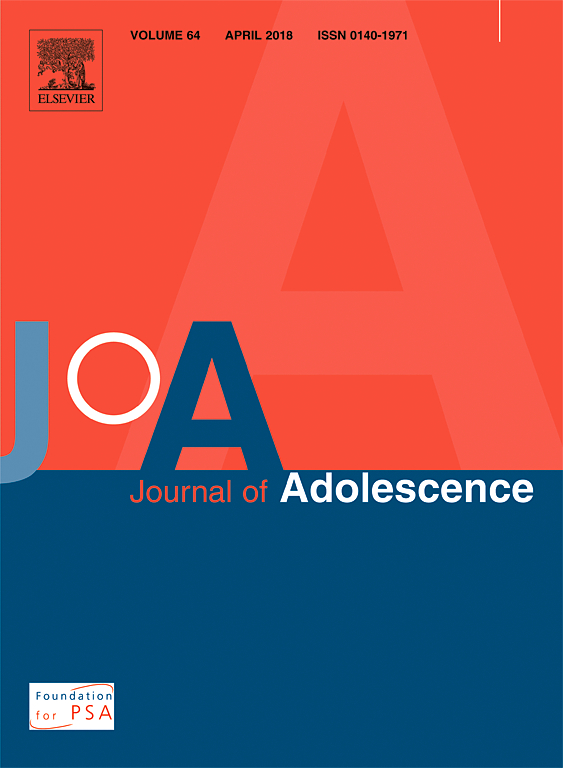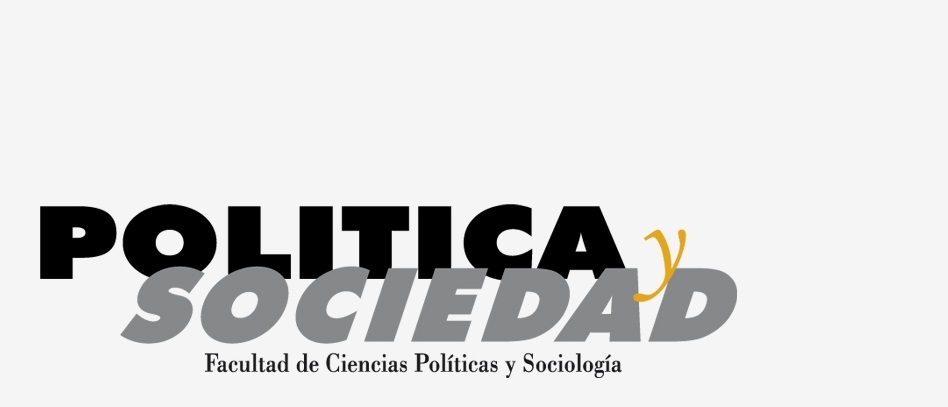Resum
Introduction: Sexting is a new way to explore sexuality among adolescents that can be associated
with bullying behaviors. Previous studies have focused on peer-victimization but relationships
between bullying and different forms of sexting have not been explored. This study evaluates the
reciprocal relationships between the perpetration of traditional bullying, cyberbullying, and four
forms of sexting (sending, receiving, third-party forwarding, and receiving sexts via an intermediary).
Methods: The sample consisted of 1736 Spanish High School students (46.3% female;
Mage=13.60, SD=1.25). Four direct questions were used to assess sexting, the EBIPQ to
measure traditional bullying and the ECIPQ to evaluate cyberbullying. These measures were
completed twice, four months apart. A cross-lagged panel analysis evaluated the reciprocal associations
of all study measures.
Results: Traditional bullying and cyberbullying were positively, reciprocally associated with each
other. Generally, those young people who engaged in sexting at T1 were more likely to report
engaging in sexting at T2. Third-party forwarding of sexts (forwarding on sexts which have been
sent to a young person by others) displays clear relationships with bullying. Young people who
reported using traditional bullying behaviours at T1 were more likely to report third-party forwarding
of sexual content at T2. Bullies are more likely to later report third-party forwarding of
sexts.
Conclusions: A focus on bullying behavior may be important for intervention efforts targeting to
prevent possible negative outcomes of engaging in sexting. Recommendations are provided for
educational and prevention efforts.






